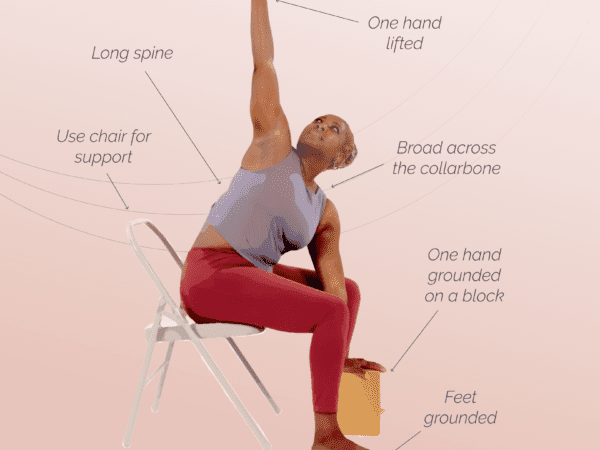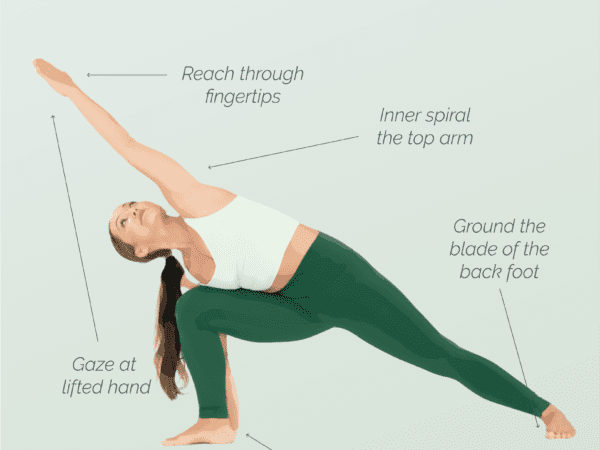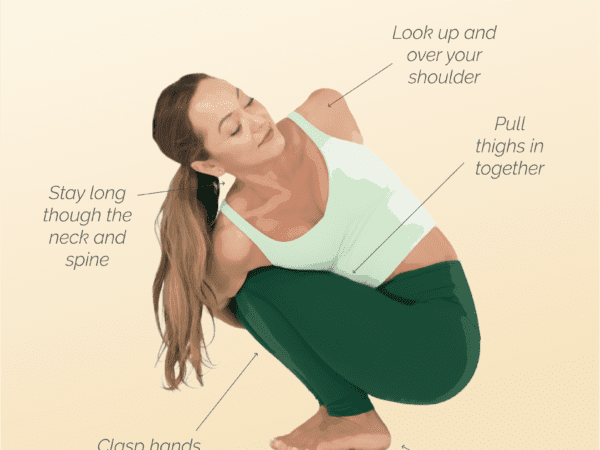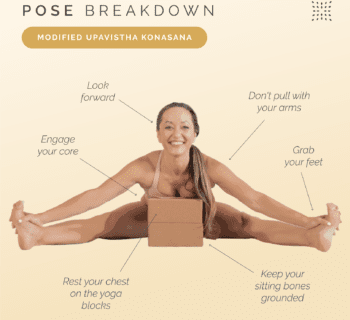In the fast-paced world we live in, finding moments of tranquility and balance is essential for our well-being. Yin yoga, a practice that emphasizes slow, meditative movements, offers a sanctuary for both the body and mind. Among its many poses, yin yoga pigeon pose stands out as a gentle yet profound stretch that targets the hips and combines forward bend elements, releasing tension and fostering a deep sense of relaxation. This pose not only enhances flexibility but also encourages mindfulness, making it a perfect addition to any yoga routine. Embrace the transformative power of yin yoga pigeon pose and discover a path to inner peace and physical harmony.
Benefits of Yin Yoga Pigeon Pose
The Yin Yoga Pigeon Pose offers a multitude of benefits that extend beyond physical flexibility, nurturing both the body and the spirit. Here are some of the key advantages:
Deep Hip Opener: This pose provides a deep stretch to the hip flexors and glutes, helping to release tension and improve mobility in the hips.
Enhanced Flexibility: By holding the pose for extended periods, the connective tissues around the hips and lower back are gently stretched, promoting greater flexibility over time.
Stress Relief: The meditative nature of Yin Yoga, similar to practices in meditation, encourages relaxation and stress reduction, allowing practitioners to find calmness and clarity.
Improved Circulation: The pose stimulates blood flow to the pelvic region, which can aid in detoxification and promote overall health.
Emotional Release: The hips are often considered a storage area for emotional stress. The Pigeon Pose can facilitate the release of pent-up emotions, leading to a sense of emotional freedom.
Mindfulness and Presence: Holding the pose requires focus and patience, fostering mindfulness and a deeper connection to the present moment.
Balance and Alignment: Regular practice helps improve body alignment and balance, contributing to better posture and reduced risk of injury.
By incorporating yin yoga pigeon pose into your routine, you can experience these profound benefits, enhancing both your physical and mental well-being.
Contraindications for yin yoga pigeon pose
While yin yoga pigeon pose offers numerous benefits, it is important to be aware of certain contraindications to ensure a safe practice:
Knee Injuries: Individuals with knee issues should approach this pose with caution, as it places pressure on the knee joint. Modifications or alternative poses may be necessary.
Hip Problems: Those with hip injuries or conditions should consult a healthcare professional before attempting this pose, as it involves deep hip flexion.
Lower Back Pain: If you experience lower back pain, ensure proper alignment and support to avoid exacerbating the condition. Using props like blankets or bolsters can help.
Pregnancy: Pregnant individuals should modify the pose to accommodate their changing bodies and avoid any discomfort or strain.
Sciatica: Those with sciatica should be cautious, as the pose can aggravate the sciatic nerve. Adjustments or alternative poses may be beneficial.
Ankle or Foot Injuries: Since the pose involves weight on the front leg, any existing injuries in the ankle or foot should be considered, and modifications may be necessary.
Always listen to your body, incorporate breathwork, and consult with a qualified instructor or healthcare professional if you have any concerns before practicing yin yoga pigeon pose.
Step-by-step instructions to do yin yoga pigeon pose
Begin in a Tabletop Position: Start on your hands and knees, ensuring your wrists are aligned under your shoulders and your knees under your hips.
Move into Downward-Facing Dog: Tuck your toes under and lift your hips up and back, forming an inverted V shape with your body.
Bring Your Right Knee Forward: From Downward-Facing Dog, bring your right knee forward towards your right wrist. Your right ankle should be near your left wrist.
Position Your Right Shin: Adjust your right shin so that it is as parallel to the front of the mat as is comfortable for you. The closer to parallel, the deeper the stretch, enhancing the stretching of your hip muscles.
Extend Your Left Leg Back: Slide your left leg straight back, keeping the top of your foot on the mat and your leg extended.
Square Your Hips: Ensure your hips are squared to the front of the mat. You may need to adjust your position or use a prop under your right hip for support.
Lower Your Torso: Slowly lower your torso over your right leg, either resting on your forearms or extending your arms forward, allowing your forehead to rest on the mat.
Hold the Pose: Stay in the pose for 3 to 5 minutes, breathing deeply and allowing your body to relax into the stretch.
Release the Pose: To come out of the pose, press your hands into the mat and gently lift your torso. Tuck your left toes under and step back into Downward-Facing Dog.
Repeat on the Other Side: Perform the same steps with your left leg forward, ensuring your front knee is aligned properly to balance the stretch on both sides of your body.
Remember to listen to your body and make any necessary adjustments to ensure comfort and safety throughout the pose.
Additional Tips
To enhance your experience with yin yoga pigeon Pose, consider these additional tips:
Use Props for Support: Incorporate props like bolsters, blankets, or blocks under your hips or chest to provide extra support and comfort, especially if you feel any strain.
Focus on Your Breath: Maintain a steady, deep breathing pattern to help release tension and deepen the stretch. This also aids in staying present and mindful.
Warm Up First: Engage in a gentle warm-up routine to prepare your hips and lower back, reducing the risk of injury and enhancing flexibility.
Listen to Your Body: Pay attention to any discomfort or pain. Adjust your position or use modifications to ensure a safe and comfortable practice.
Stay Mindful: Use this time to connect with your inner self, allowing thoughts to pass without judgment. Embrace the meditative aspect of the pose.
Gradual Progression: If you’re new to the pose, start with shorter hold times and gradually increase as your flexibility and comfort improve.
Hydrate and Rest: After your practice, drink plenty of water and allow your body to rest, supporting recovery and the release of toxins.
By incorporating these tips, you can maximize the benefits of yin yoga pigeon pose and cultivate a more fulfilling yoga practice.









